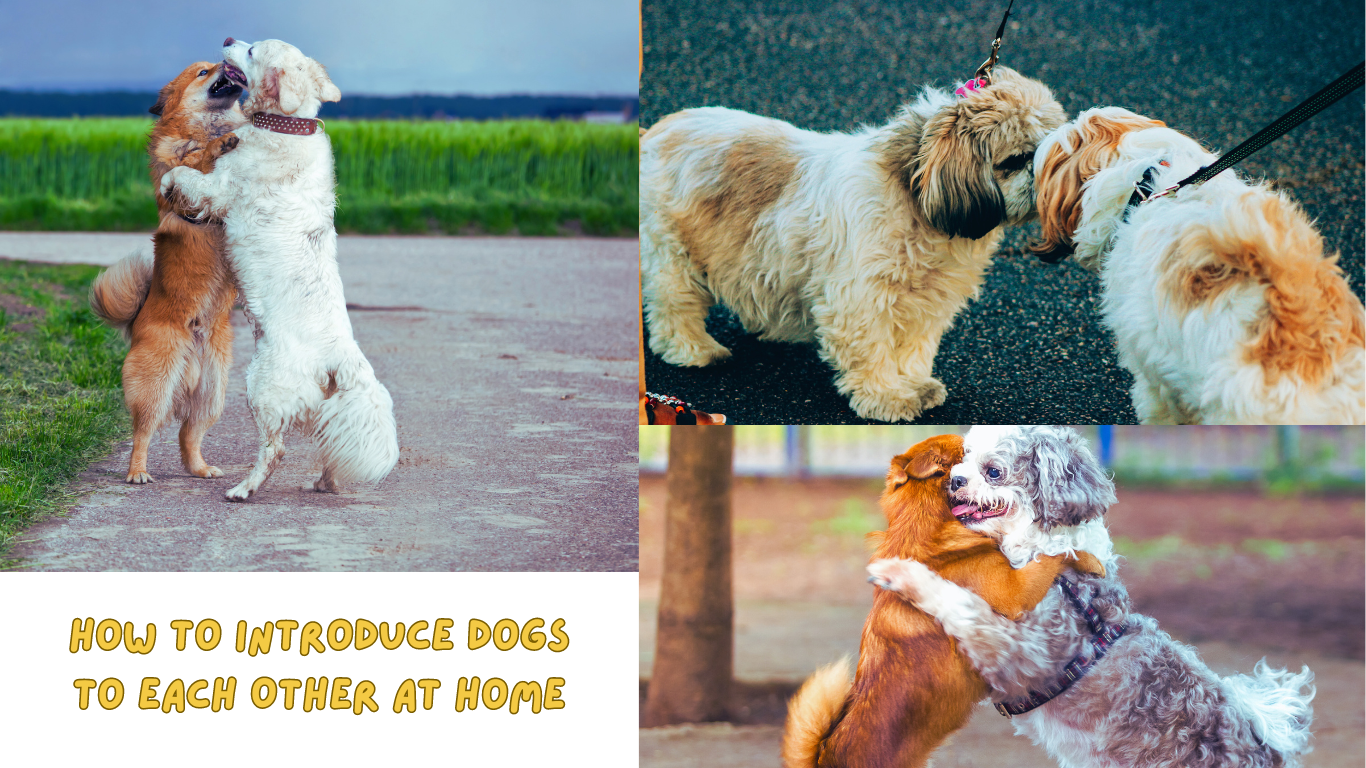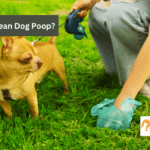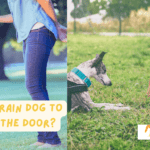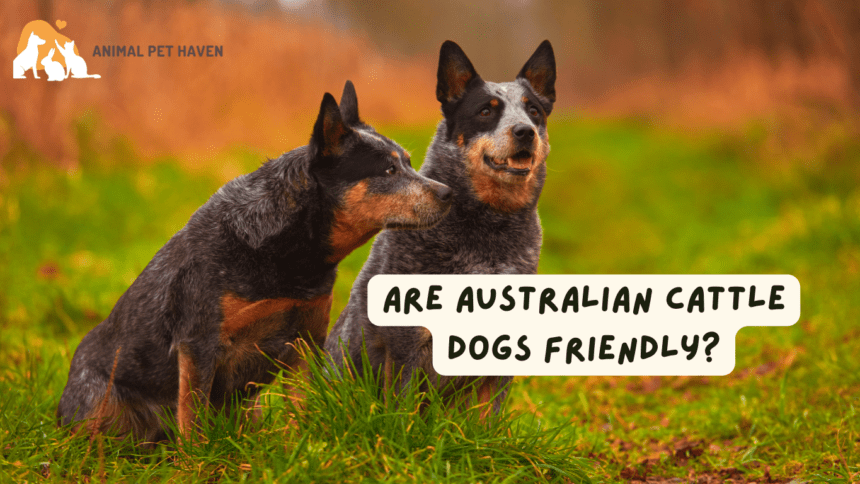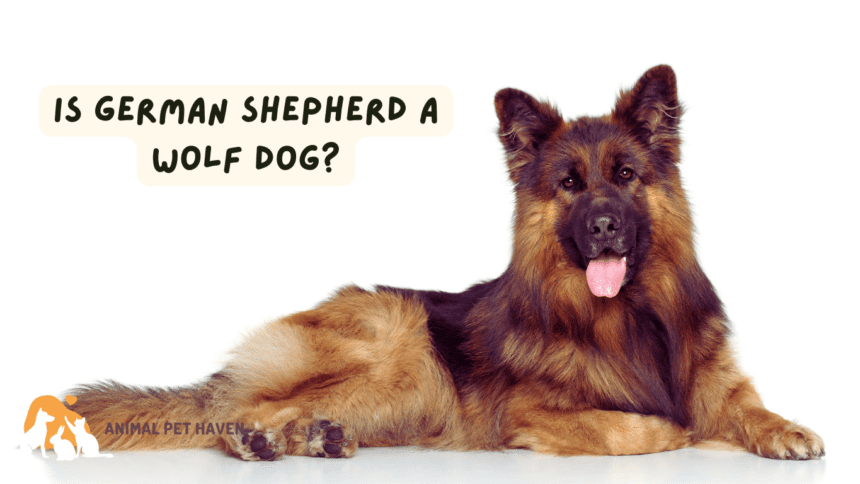When two dogs meet, their first encounters set the tone for their future relationship. It is much easier to take the time to properly introduce dogs than to try to repair the damage caused by a bad first negative encounter.
Of course, the personality of the participating dogs is also very important. Some dogs love every dog they meet, but these dogs are the exception and not the rule. And even then it is important to manage these introductions because the dog they are being introduced to may not be dog friendly and may even be reactive.
Have you ever been in this situation – you are out with your dog when suddenly an uncontrollable dog rushes towards you? You can hear the dog’s owner yelling, “Don’t worry, my dog is friendly.” You cringe inside because 1) you don’t know if their dog is actually friendly; 2) they have no idea how your dog reacts to strange dogs; and 3) you are suddenly in a situation that has the potential to get out of control.
That scenario is an example of how dogs don’t introduce themselves. This brings us to the most important aspect of introducing dogs, which is that both dogs must be under control at all times.
Here are some tips for introducing dogs that aren’t reactive and don’t have behavioral problems. The steps here are for dogs with basic obedience training and handlers who can control them.
To Introduce your Dog to another Dog:
1.Maintain control with a leash.
The easiest way to do this is to make sure both dogs are on a lead and that one person handles each dog. A 6′ leash works well for this because it gives the dog some freedom of movement, yet the handler maintains control. Never use a coiled leash or a very long leash when introducing dogs.
2.Introduce on neutral territory.
It is best to introduce dogs to neutral territory with plenty of space around them and little disturbance. Neutral territory will help prevent guarding or territorial behavior and give the dogs enough space to see each other before getting physically close.
German Shepherds are naturally protective, so owners need to be mindful that their dog does not feel the need to guard them or protect them from a new dog. To prevent this, be upbeat, happy, calm and reassuring. Offer high-value treats for good behavior, just as you would in any setting with other dogs present.
3.Let the dogs check each other
With sufficient distance between dogs, allow them to check each other. Allow the dogs to see each other while walking in the same direction. Keep calm, but expect them to be interested in each other and to have a certain level of excitement. Don’t stress yourself out and stay relaxed and neutral about the other dog being there.
Continue walking back and forth until the dogs are no longer overstimulated by seeing each other. The less they pay attention to what the other dog is doing the better. But it is normal for them to remain attentive and curious.
When both dogs are calm, reduce the distance between them by a few feet. Continue to walk the dogs side by side while offering praise and treats.
If one or both dogs seem stressed, you can always drop the introduction for the day or increase the space and start over. But as long as both dogs are comfortable, you can continue walking and slowly reduce the distance between them.
It’s Getting Closer.
Continue to slowly close the distance until you are in a position where the dogs can pass each other as if you were passing any dog on the street or at the vet. At this point, if both dogs seem comfortable, it’s okay to sniff each other and allow them to be interested in each other. However, it is not yet time to introduce them. If one or both dogs react, have stiff body language, act aggressively, or are overstimulated, slow down the introduction and add more space.
But as long as both dogs are relaxed and happy and look good together. You can continue to walk them closer together. This may take more than a day, or you may get lucky and find the dogs enjoying themselves together. Just don’t rush this step.
They Finally Meet.
Once both dogs can calmly walk together with relaxed bodies, it’s time to let them sniff and get to know each other better. If it goes well and they continue to walk without problems. You can let them off the leash in a fenced area. The best place for this remains a neutral outdoor space.
This is the perfect way to introduce two social dogs. If you are not sure how they will react to each other, a location where each dog can be on the other side of the fence can be helpful. But don’t try it with dogs with aggression in the fence.
Introduce Dog Performance at Home.
Obviously, slow and steady is the ideal way to introduce dogs, but it’s not always possible. You may find yourself in a rushed situation when you suddenly have a new dog at home. If this happens, it is still best to introduce the dogs to a neutral area before bringing the new dog into your home.
If you have a dog that is reactive, or are adopting a reactive or aggressive dog. That is beyond the scope of this article and requires someone experienced in dealing with these situations and/or professional help.
But for the average dog-friendly pet, it is possible to make a faster introduction if necessary. To make it easier, ask for help to take the dogs for a walk together. Assuming there is no aggression, take as much time as possible to make the dogs feel at their best together.
When you get them home, be sure to introduce them outside in front of the house. And in the yard to make sure there are no problems, stiff posture or fighting. If all goes well, take them inside, but keep them on leashes.
Before bringing a new dog in, make sure all toys, chews, beds, bowls, etc. are put away to prevent guarding behavior. Make sure the dogs have plenty of space and that you have crates on hand to separate the dogs. And give them breaks from each other.
Do not feed them together. It can help to feed them in separate rooms or in a crate. Make sure everyone has their own space, bed and playtime. Over time, you can get them used to the idea of eating in front of each other by giving them treats and correcting them when necessary.

